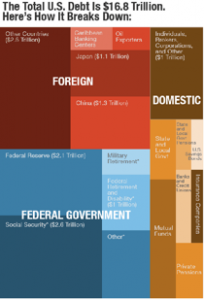 For decades big companies have done their best to avoid hefty corporate tax rates levied by Uncle Sam. The U.S. government collects 35 percent of a domestically based corporation’s income, a figure based on the entirety of the company’s worldwide revenue. This mighty bite from the bottom line leads many firms to reincorporate their companies in places like the Cayman Islands or Ireland, where the corporate tax rate is just 12.5 percent. While this process of “inversion” is entirely legal, Continue reading
For decades big companies have done their best to avoid hefty corporate tax rates levied by Uncle Sam. The U.S. government collects 35 percent of a domestically based corporation’s income, a figure based on the entirety of the company’s worldwide revenue. This mighty bite from the bottom line leads many firms to reincorporate their companies in places like the Cayman Islands or Ireland, where the corporate tax rate is just 12.5 percent. While this process of “inversion” is entirely legal, Continue reading









